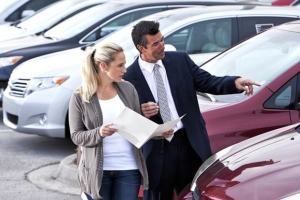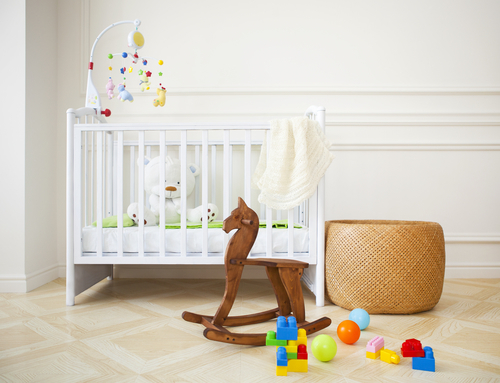After most major floods, damaged cars are cleaned up and taken out of state for sale, says the Federal Trade Commission. That means even if you live far from the damage, these once-water logged vehicles could wind up
in your market. In fact, about half of all vehicles damaged by flooding eventually return to market, says the FTC.
Here’s how to inspect a car you’re considering:
Look for water stains, mildew, sand or silt under the carpet, floor mats, and dashboard, and in the wheel well where the spare is stored. Look for fogging inside the headlights and taillights.
Do a smell test. A heavy aroma of cleaners and disinfectants is a sign that someone’s trying to mask a mold or odor problem.
Get a vehicle history report. Check a trusted database service. There are reliable services that charge a small fee. The National Insurance Crime Bureau’s (NICB) free database lists flood damage and other information.
Understand the difference between a “salvage title” and a “flood title.” A “salvage title” means the car was declared a total loss by an insurance company because of a serious accident or some other problems. A “flood title” means the car has damage from sitting in water deep enough to fill the engine compartment. The title status is part of a vehicle history report. Either way, every used car needs an inspection and records before you buy, but with salvage- and flood-titled cars, you need to be extra careful.
Have your mechanic inspect the car’s mechanical and electrical components, and systems that contain fluids, for water contamination.
Report fraud. If you suspect a dealer is knowingly selling a storm-damaged car or a salvaged vehicle as a good-condition used car, contact your auto insurance company, local law enforcement agency, or the NICB at (800) TEL-NICB (835-6422). You’ll help someone else avoid a rip-off.









Leave A Comment